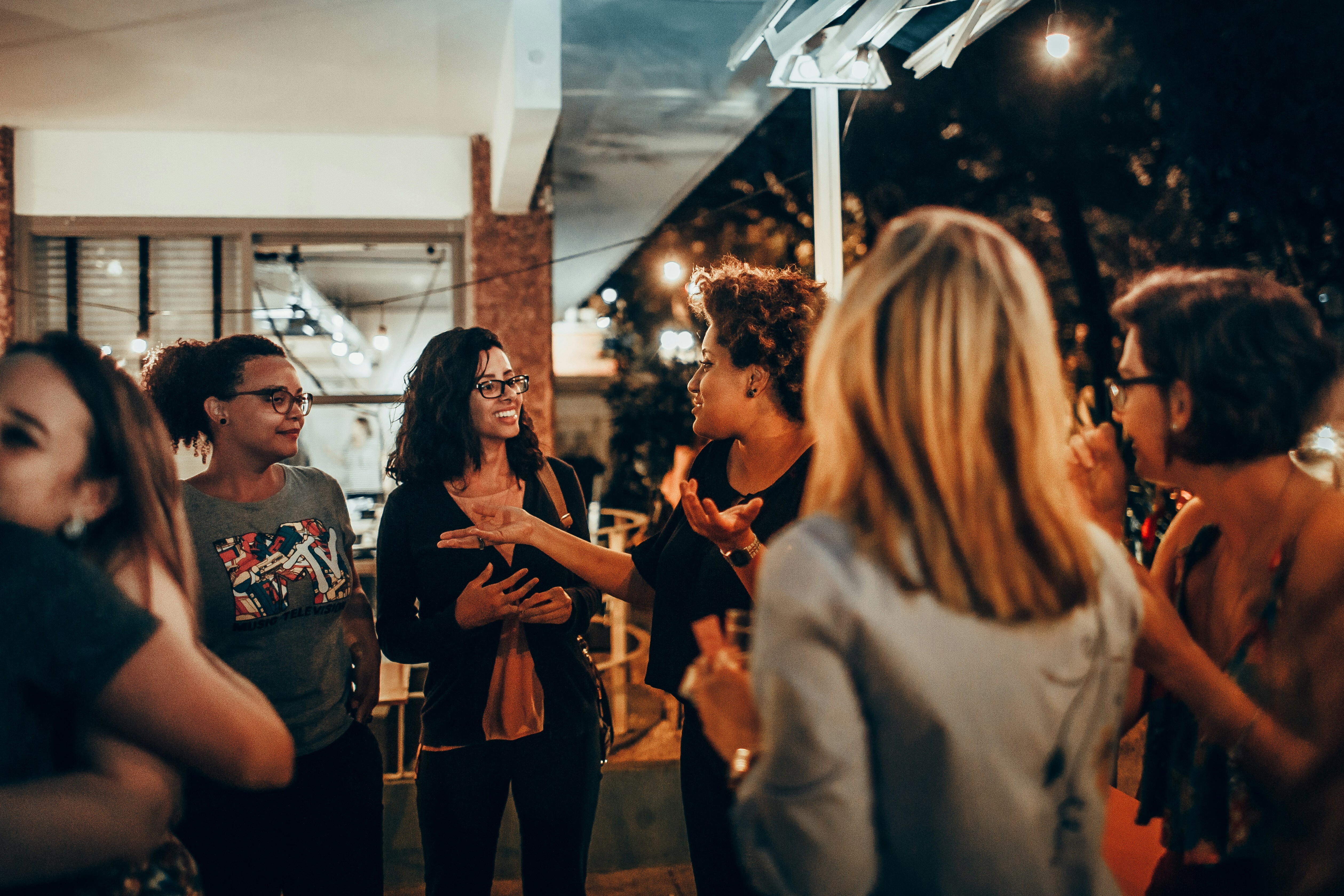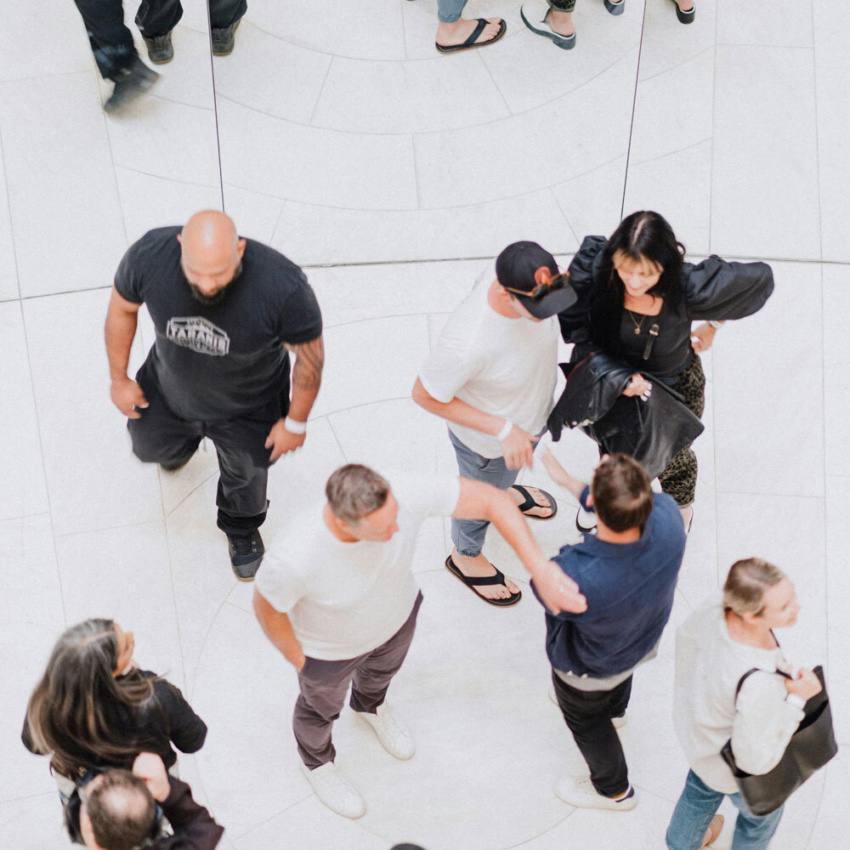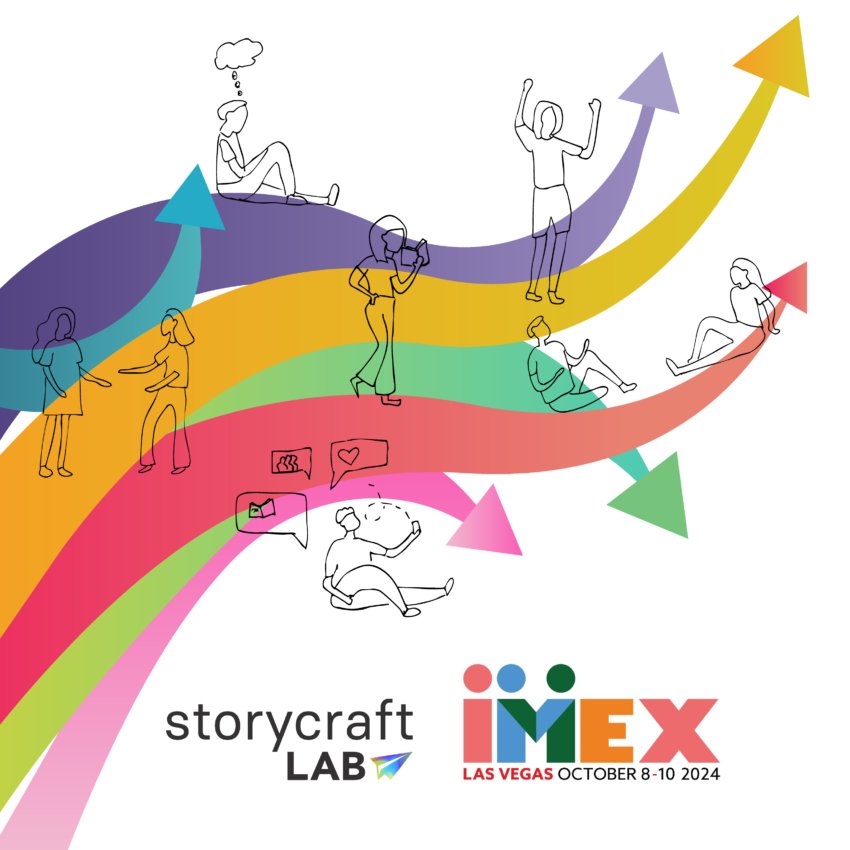Creating a sense of belonging at events is crucial for fostering a positive and inclusive atmosphere. When attendees feel connected and valued, they’re more likely to engage, participate and have a memorable experience.
So, how can event planners create a sense of belonging at their events.
Here are five ways of creating belonging:
Create welcome kits
One of the most effective ways to create a sense of belonging at an event is personalization. Tailoring the experience to meet the needs and preferences of your attendees can make them feel valued and recognized.
But what does personalization at an event look like?
You can start by gathering information about your attendees before the event. This can include their interests, preferences and any special requirements they may have. You can include questions about preferences in the registration for your event. Or you can do market research on your attendees as a whole and what they might expect.
You can then use this information to create personalized event materials, activites and features such as welcome kits.
You can start your event by making attendees feel special with personalized welcome kits. You can include items that cater to their interests or needs. This can look like printed personalized schedules or itineraries, recommended sessions, or activities. Personal touches show that you care about each attendee's unique experience
Personalization shows that you care about each attendee's unique experience. Therefore, fostering belonging. Personalization can also include curated networking events—getting the right people in the same room. Or tailored communications such as emails promoting what they might like to see at the event or who they might like to meet.
You might also like
Icebreakers and networking
Networking is a powerful tool for creating a belonging at events. When attendees have the opportunity to connect with people who share similar interests or goals, they feel part of a community. And they’re more likely to feel included and engaged. To facilitate networking, you could organize icebreaker activities and small group discussions. Or roundtables with pre-set topics.
Icebreakers can be simple. The goal is to encourage attendees to introduce themselves and share a bit about their background. Small group discussions can be organized around specific topics or themes. This allows attendees to connect with others who have similar interests—giving them the option to pick which group or topic they join. Roundtable discussions can be more structured, with designated times and spaces.

Interactive education sessions
Active participation and engagement are key to creating a sense of belonging at events. When attendees feel like their contributions are valued, they’re more likely to feel connected to the event and its community.
You can encourage participation by incorporating interactive elements into your event, such as:
- Q&A sessions that allow attendees to ask questions and engage with speakers or panelists, creating a feeling of involvement
- Live polls can be used to gather real-time feedback and opinions from attendees, making them feel heard and valued
- Group activities, such as workshops or collaborative projects, can encourage attendees to work together and build connections
- Campfire education sessions that encourage discussions can also make sure your attendees feel heard and valued
By creating opportunities for active participation, you show how every attendee's voice matters. This in turn can increase their sense of belonging.
Diverse and inclusive panel sessions
Diversity and inclusion are essential components of creating belonging at events. Make sure that your programming reflects a wide range of voices and experiences, by inviting speakers or panelists from diverse backgrounds, offering sessions on topics related to diversity and inclusion. And by creating spaces for attendees to share their own experiences through these panels. Either during the session or leaving space for attendees to discuss amongst themselves.
It's also important to provide resources and support for attendees with access needs; by ensuring there are accessible facilities and translation services. As well as catering that considers dietary requirements.
By prioritizing diversity and inclusion, you create an environment where all attendees feel welcome and see themselves in other attendees.
Weave feedback into the fabric of the event
Feedback is a valuable tool for creating belonging at events by making sure your attendees feel heard. When they have the opportunity to share their thoughts and opinions, they know their input is valued and considered. You can send out a request for feedback post-event or have ways to give feedback during the event. Any suggestion boxes should be placed in visible locations and easily accessible.
Both options should allow attendees to share their ideas and suggestions anonymously. Or feedback sessions can be organized as part of the event program, giving attendees the chance to voice their opinions in real-time. Providing multiple channels for attendees to give feedback is ideal.
Implementing these strategies will not only enhance the overall event experience but also create lasting memories and relationships for your attendees.





